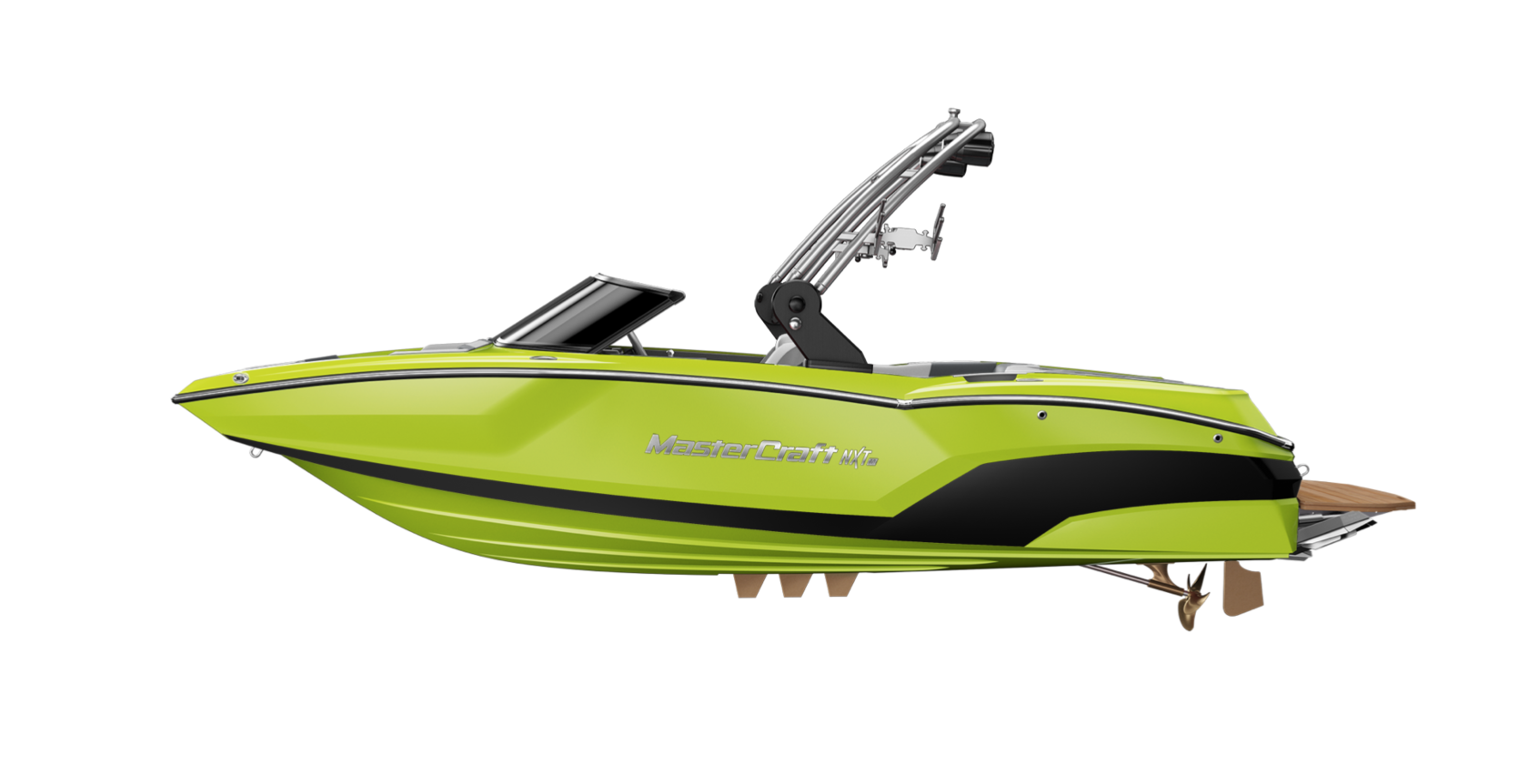
Review the advantages and disadvantages of the materials most commonly used to make kayaks.Include how length, width, stability, and rocker are involved in the design of each type. Review the differences in the design between recreational, whitewater, and sea or touring kayaks.Name and point out the major parts of a kayak.Review the importance of safety equipment such as a signal device, extra paddle, sponge, bilge pump, and throw bag.
#XWAVE KAYAK HOW TO#
Then demonstrate how to select and fit a life jacket for kayaking. Review the characteristics of life jackets most appropriate for kayaking and understand why one must always be worn while paddling.After completing the swim, rest by floating. The 100 yards must be completed in one swim without stops and must include at least one sharp turn. Level off and swim 75 yards in a strong manner using one or more of the following strokes: sidestroke, breaststroke, trudgen, or crawl then swim 25 yards using an easy, resting backstroke. Before doing requirements 3 through 9, successfully complete the BSA swimmer test: Jump feetfirst into water over the head in depth.

Explain to your counselor how this applies to kayaking.

Explain to your counselor the hazards you are most likely to encounter while participating in kayaking activities, including weather and water-related hazards, and what you should do to anticipate, help prevent, mitigate, and respond to these hazards.


 0 kommentar(er)
0 kommentar(er)
